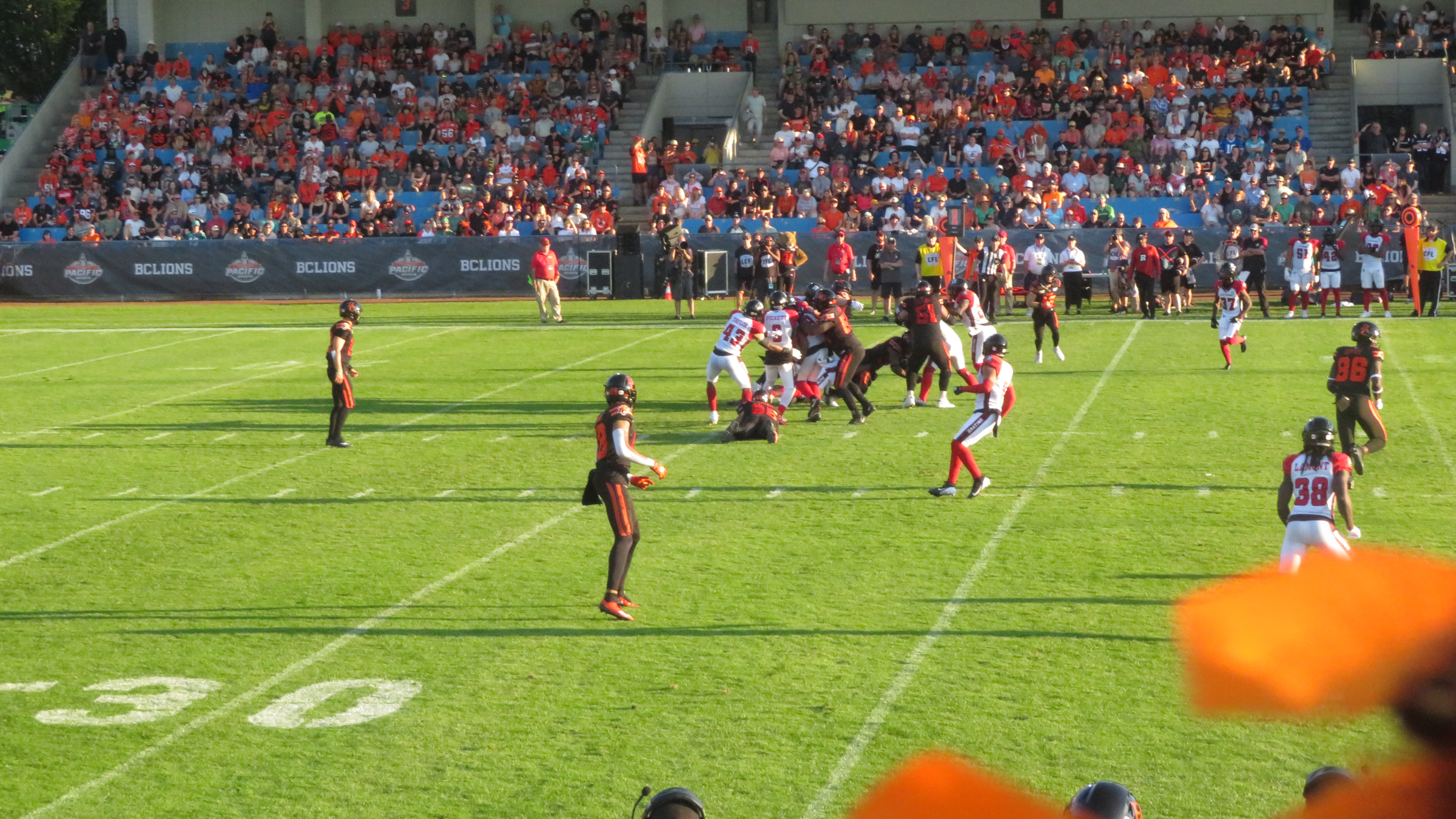One of the oldest professional sporting leagues in Canada is set to adopt some major changes, and sports fans have thoughts.
To many people’s surprise, the organization which would eventually be called the Canadian Football League (CFL) has a history that predates its American counterpart, the National Football League, by over 35 years. The Canadian style of football was first established in 1884 and adopted its current name, the CFL, when it became a formal league in 1956. Over the years, the league has developed its own unique set of rules that distinguish the CFL from the typical American football most people are familiar with.
Recently, the CFL announced it would be making several changes to the game that will roll out over the next few seasons. These changes are set to happen in two phases, the first of which will take effect for the 2026 season and the second during the following season. According to league officials, the goal is to increase touchdowns and big plays, improve game flow consistency and freshen the visual look of the stadium and broadcast, while preserving distinctive elements of Canadian football.
However, the announcement came with some pushback from many fans, players and coaches alike. Many have voiced concerns that these new rules will detract from the game’s Canadian essence. As an example, longtime fans have argued that reducing field and endzone sizes, relocating goalposts, and altering the rouge point–specific features that set the CFL apart from other football leagues–will strip the game of its Canadian identity. Players and coaches have also expressed concern over the play clock changes that may disrupt the rhythm of the game they all know well. Kamloops Broncos head coach Braden Vankoughnett is one such individual who shares similar concerns, saying the CFL is fixing something that isn’t broken.
“I don’t think they needed the changes at all”, he said. “We’re at the highest scoring season we’ve had in a long time. The game’s fantastic, it’s unique. We get guys coming from all over the world to come play for our team, and they love this game because it’s different.”
That sentiment is shared by the Broncos wide receiver Brock Dufort, who believes the rouge rule change feels unnecessary, as it’s part of what makes the Canadian game so special and different from its American counterpart.
Football chatter online has been filled with debate among fans. Some argue that the changes are beneficial for the game’s development, offering an opportunity to modernize the league and attract new fans. Others argue that the league is leaning too heavily toward an American-style game, risking alienating loyal fans who value the CFL’s distinctive style and heritage. Vankoughnett believes in the latter, suggesting that the CFL is focusing on the wrong kind of updates.
“The Canadian Football League definitely needed to make some changes to grow the game,” he said. “But that needed to happen in marketing, in the way they keep statistics and brand the game, not in the way the game is played on the field.”
B.C. Lions Quarterback Nathan Rourke had no issues expressing his opinion when asked about the changes in the B.C. Lions press release.
“[The] new rule changes are garbage,” Rourke said. “I, as many people did — who are fans and people who play in this league — grew up watching the CFL and loving the game. The rule changes to me make it sound like we want to be that league down south, [like] we want to be that league.”
So, what are the new changes and why do they matter?
Rouge Point
A unique rule of the Canadian league is the rouge point. A team can earn a single point if a kicked ball, such as a punt, missed field goal, or kickoff, went into the end zone and wasn’t returned, even if it went wide of the goalposts or out of bounds through the end zone. Under the new rules, a point will only be given if on a punt or field goal if the returner fails to bring the ball out of the endzone, such as if the returner takes a knee or is tackled. The CFL says this will prevent games from being decided by “[…] a missed field goal, punt or kickoff through the end zone,” but some players argue that those moments are part of what makes the Canadian game exciting.
Play Clock Change
Under the current rules and regulations in the CFL, the time players have to start their play, known as the play clock, sits at 20-seconds. However, that period only begins when the officials spot the ball and signal it ready for play. This sometimes leads to inconsistent pacing and longer gaps between plays. In contrast, the new rules state that the play clock will now be 35 seconds, but will start as soon as the play ends. According to the CFL, this revision will “[…] eliminate inconsistencies caused by teams setting their own pace.” Some opponents of the new rules, however, worry that it could change the game’s rhythm.
Team Benches on Opposite Sides
In some CFL stadiums, like BC Place, the teams’ benches are both located on the same side, a design often influenced by multi-use soccer stadiums. Moving forward, benches will be placed on opposite sides of the field, aligning with more traditional football setups. “It should have been happening already, but teams on opposite sidelines makes a lot of sense,” said Vankoughnett, who welcomes this change.”
Goalpost Relocation
The goal posts in the CFL are located at the front of the endzones, on the goal line. This can sometimes obstruct passing lanes or cause deflected balls that may interfere with a touchdown. Beginning in 2027, the goalposts will be moved to the back of the endzone, similar to American football layouts. The reason for this is to open up more passing angles, create safer endzone plays and boost touchdown opportunities. “Moving the uprights back eliminates one of my favourite special team plays about the Canadian game, which is the field goal return,” Vankoughnett said.
Field Length Reduction
One key feature that sets the CFL apart from other football leagues is its 110-yard field, which is 10 yards longer than a standard American football field. With the new changes, fields will be shortened to 100 yards. This comes with the goal of standardizing stadium dimensions across the league and bringing offences closer to scoring range.
Endzone Size Change
The endzones in the CFL are 20 yards long, offering more space for receivers and long, developing passing plays. However, similar to the decision to shrink the field length, the proposed changes will reduce the endzones by five yards.
While some of these changes are seen as necessary for modernization and growth of the league, others believe they could erase part of what makes the CFL special, distancing the league from its most dedicated supporters.
“It’s a beautiful game, and the changes were made in the wrong part of the Canadian Football League,” Vankoughnett said. “I hope they revoke some of them, because the product on the field is already doing great.”

